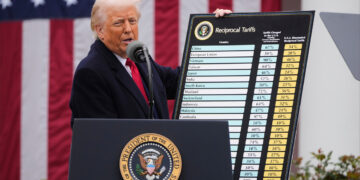Rachel Reeves, the Shadow Chancellor of the Exchequer, recently released her spending review numbers as part of Labour’s economic plan. However, there are concerns about the accuracy and reliability of these figures.
One of the main issues with Rachel Reeves’ spending review numbers is the lack of transparency in how they were calculated. Critics argue that without detailed explanations and breakdowns of the data sources and methodology used, it is difficult to verify the accuracy of the numbers presented.
Another point of contention is the political bias that may be influencing Rachel Reeves’ spending review numbers. As a member of the Labour Party, there are concerns that the figures may be skewed to support the party’s agenda and paint a more favorable picture of their economic plans.
Furthermore, there are doubts about the feasibility of the proposals outlined in Rachel Reeves’ spending review. Some experts question whether the projected savings and revenue increases are realistic and achievable within the proposed timeframe.
In addition, there is a lack of independent verification of Rachel Reeves’ spending review numbers. Without external validation from neutral third parties, it is challenging to assess the credibility and trustworthiness of the figures presented.
It is important for policymakers and the public to scrutinize Rachel Reeves’ spending review numbers carefully before making any decisions based on them. Without clear evidence and solid justification for the figures, there is a risk of making misguided economic choices that could have long-term consequences.
In conclusion, while Rachel Reeves’ spending review numbers may offer insights into Labour’s economic plans, there are valid concerns about their accuracy, transparency, and feasibility. It is crucial for all stakeholders to conduct thorough assessments and due diligence before relying on these figures for policy-making purposes.
































































